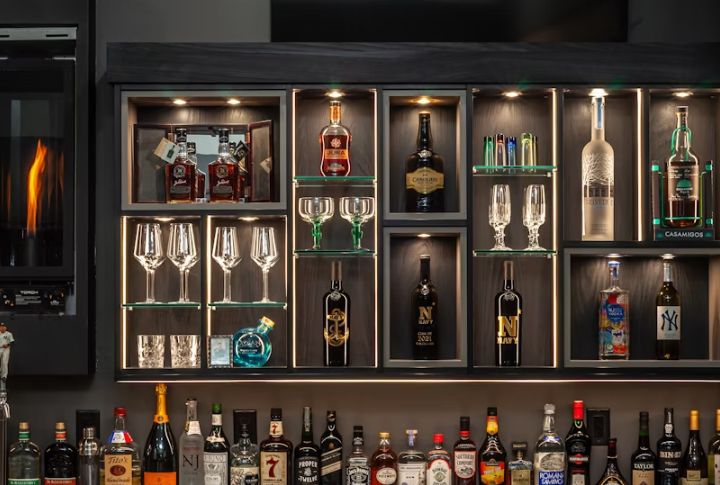
Looks alone don’t make a home bar work—function leads the way. Bartenders think in textures, temperatures, and timing, which means every piece they keep has a purpose. If your setup needs more than a vibe check, now’s the time to find out what the pros actually use.
Jigger

When spirits and mixers are measured correctly, balance follows, and your drink tastes the way it was meant to. Jiggers deliver precision, helping you nail the right ratio every time. The double-ended stainless steel ones—with etched measurements—are a home bar favorite.
Citrus Juicer
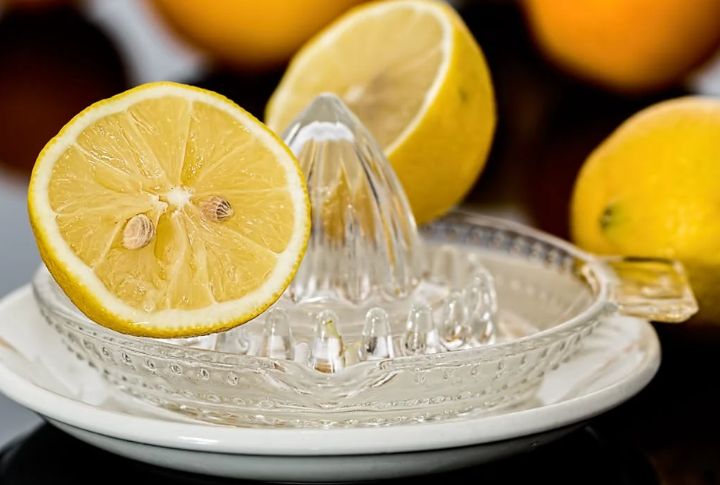
Fresh citrus makes a noticeable difference, and a handheld juicer gets you there fast. It pulls out more juice and skips the bitter pith, giving drinks a clean, vibrant finish. Bartenders prefer this simple tool for consistent flavor and better texture in every pour.
Ice Trays
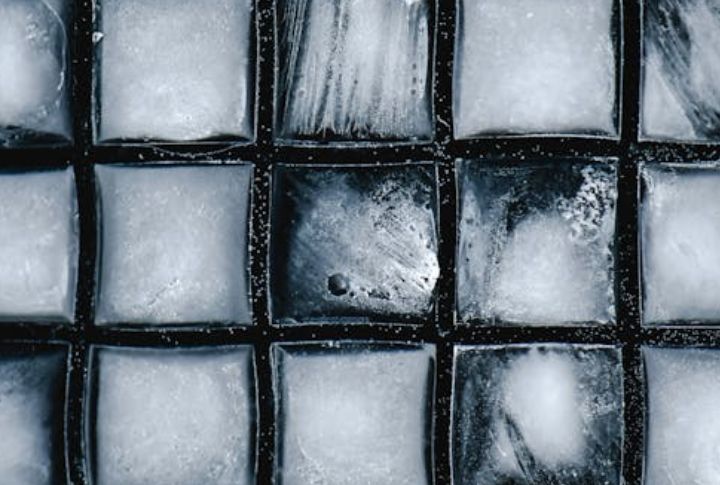
Have you ever wondered why your Negroni at home tastes watery? Blame standard freezer ice. Bartenders recommend clear, slow-melting blocks to preserve the drink’s strength without over-diluting. Specialty molds create larger cubes that chill better and look professional.
Shaker
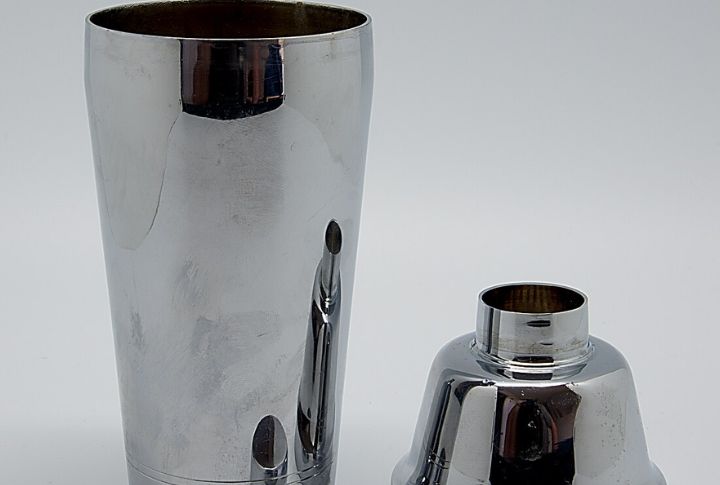
Some pros avoid cobbler shakers—and with good reason. A Boston shaker delivers speed, tight seals, and clean breaks. Unlike its clunky cousin, it doesn’t jam mid-shake. Preferred in nearly every serious cocktail bar, this setup streamlines your flow and helps ensure perfect texture with less effort.
Bitters
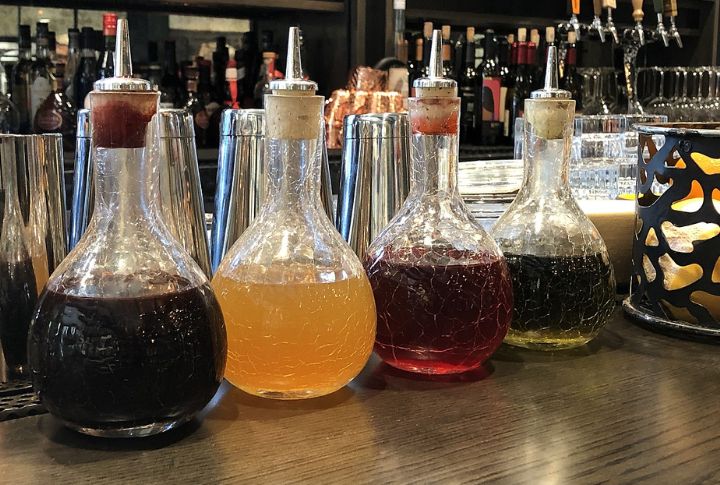
Think of bitters as seasoning for your drink. Just a dash of Angostura or orange bitters can open new layers of flavor. Used in cocktails since the 1800s, they’re behind the depth in Old Fashioneds and Sazeracs. Skipping them is like making chili without any spice.
Vermouth
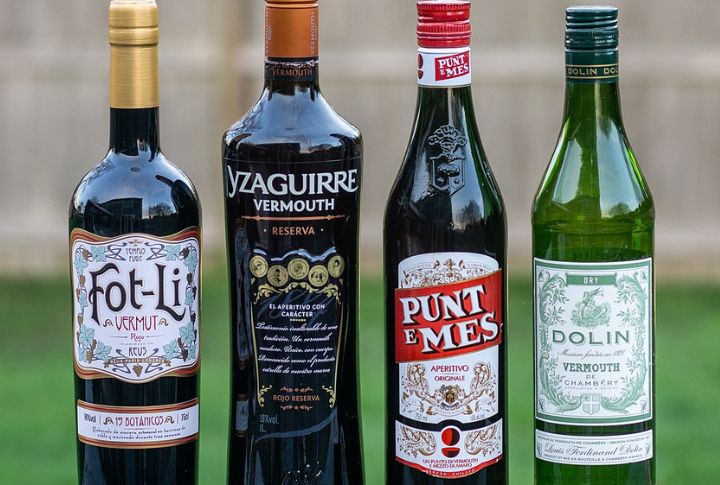
Vermouth might sit near spirits, but it behaves more like wine. Once opened, it oxidizes quickly and turns flat if left unrefrigerated. Since it’s the backbone of martinis and Manhattans, freshness matters. Bartenders chill it and replace it monthly to keep every pour crisp, not musty or stale.
Spirits
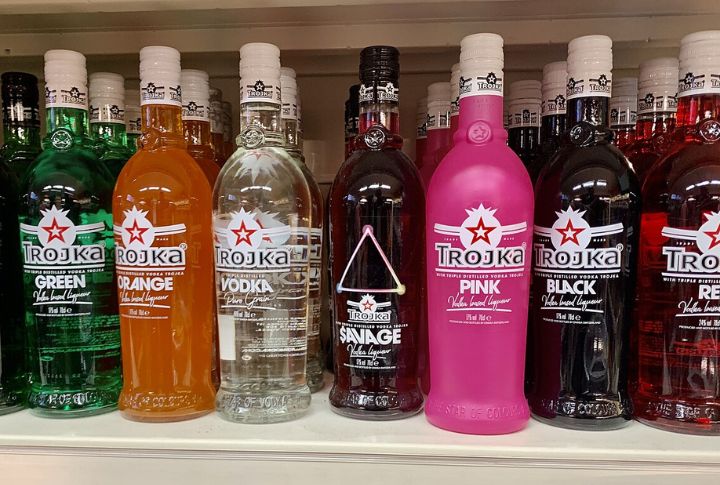
A sprawling bar isn’t what impresses professionals—it’s the right bottles. With just gin, vodka, rum, tequila, and bourbon, you can mix many classics. According to Difford’s Guide, these five spirits appear in most classic cocktail recipes. Simplicity breeds versatility when your lineup is intentional.
Hawthorne Strainer
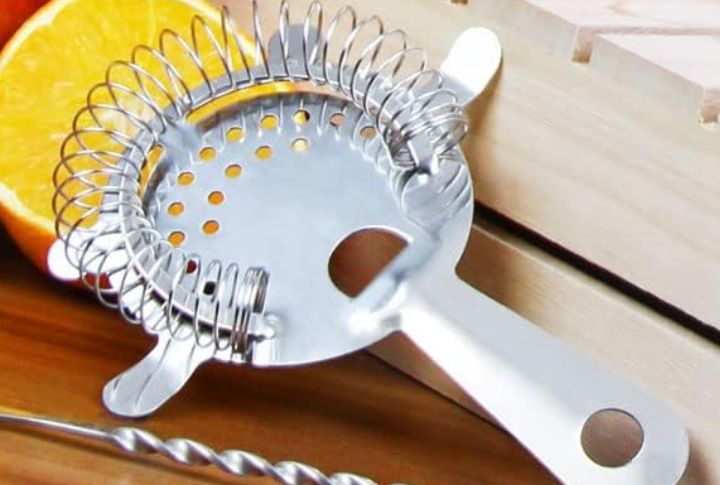
Many strainers frustrate more than they help. The Hawthorne version, with its tension coil, allows better control when pouring. Bartenders favor it for filtering ice chips and herbs. Its open design also accommodates a variety of shakers, making it a must-have for drinks with fine texture.
Garnish Trays
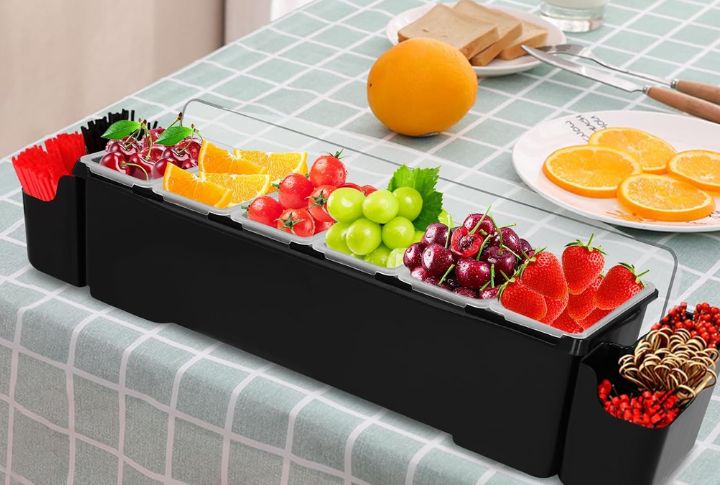
Fresh garnishes set the tone for the entire experience. Imagine sipping a martini topped with a limp olive. Bartenders use organized garnish caddies like this to save time and sharpen presentation. When flair meets function, drinks look—and taste—more like what you’d expect from a high-end bar.
Mixing Glass
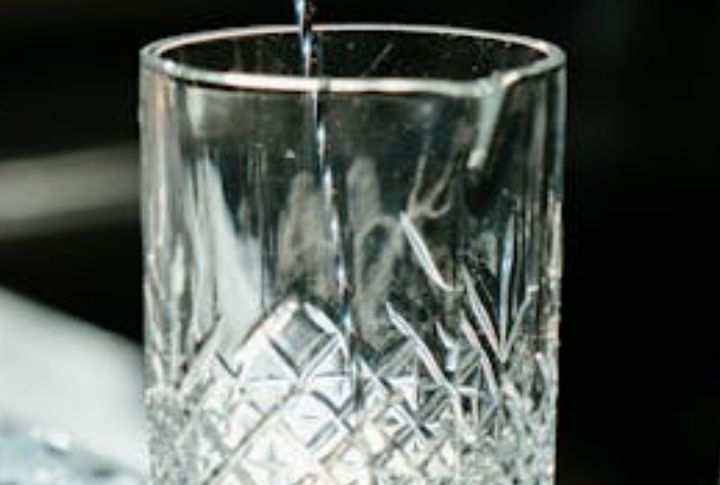
Shaking every cocktail isn’t always right. Stirred cocktails like the Manhattan benefit from control and clarity. That’s why mixing glasses, especially weighted crystal ones, are favored in professional settings. Less air, more finesse. Stirring here creates a chilled blend without disturbing the spirit’s character.
Fine-Mesh Strainer
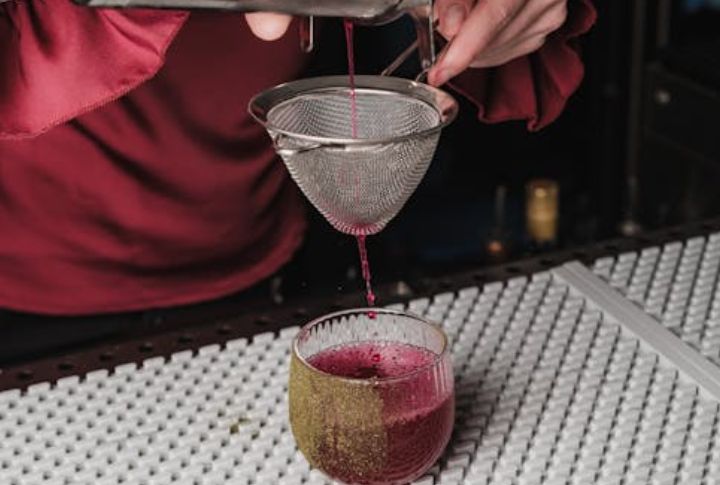
Have you ever noticed floating bits in your daiquiri? Bartenders avoid that with a fine-mesh strainer, which catches pulp and ice shards after shaking. Double straining improves texture, especially in drinks with herbs or fruit. No one orders grit in their glass. This fixes that instantly.
Channel Knife
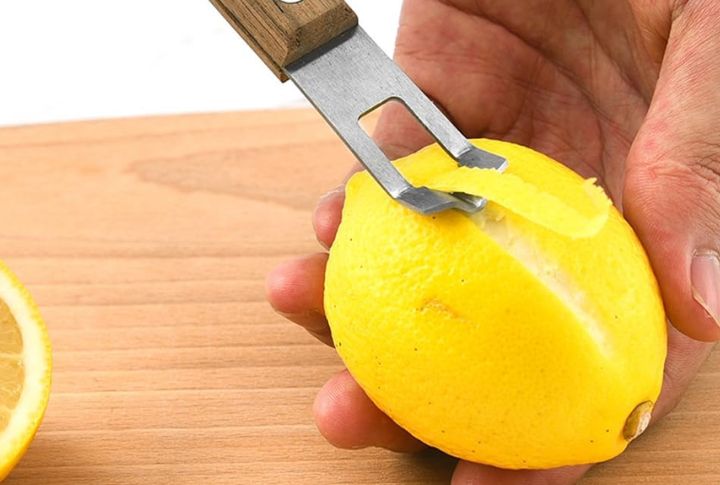
A channel knife earns its place in any home bar. It slices clean strips of citrus peel to release fragrant oils right over the glass, adding aroma without extra tools or mess. More than garnish, zest brings a polished finish that enhances both the flavor and presentation of your drink.
Simple Syrup
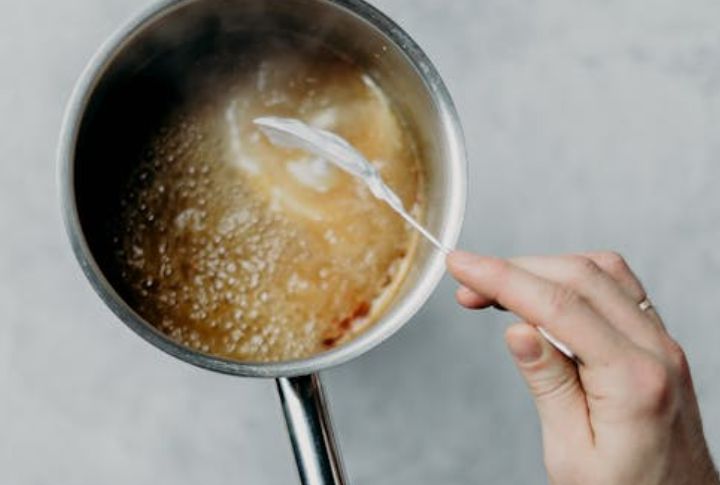
Commercial syrups can carry chemical notes or artificial aftertastes. That’s why most bartenders mix their own—equal parts sugar and water, boiled and bottled. Stored in the fridge, it lasts up to a month. It’s used in classics like mojitos, sours, and juleps.
Atomizer
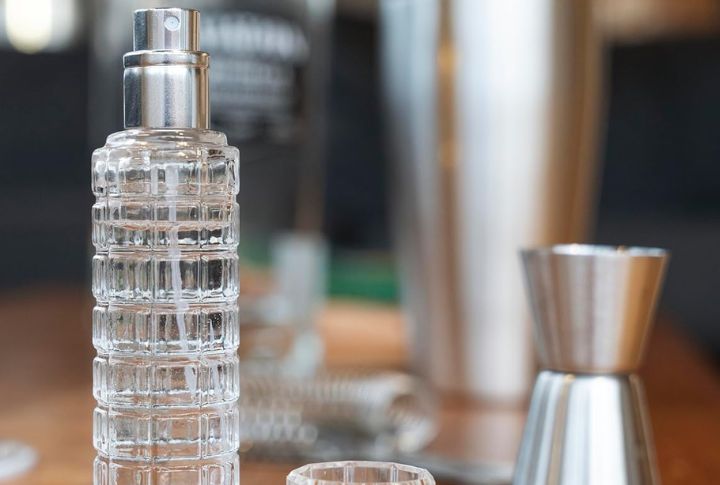
What seems like a gimmick actually serves a purpose. Bartenders use atomizers to mist absinthe over Sazeracs or express citrus oils delicately. The result? Complex aroma without overwhelming flavor. A light spray enhances presentation and gives your cocktail a signature scent.
Muddler
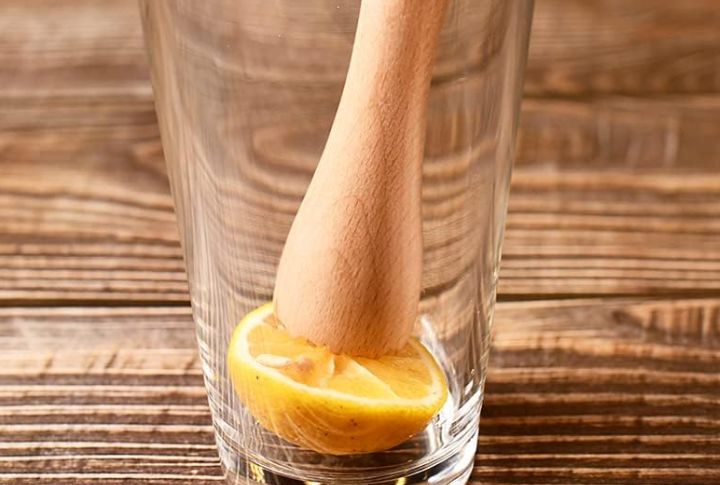
Too much pressure can ruin a cocktail. A proper muddler—flat and usually wood or silicone—releases aromas without tearing herbs apart. Over-muddling mint? That adds bitterness. Bartenders aim for essence, not pulp. With the right touch and tool, your mojitos won’t taste like backyard salad.
Storage
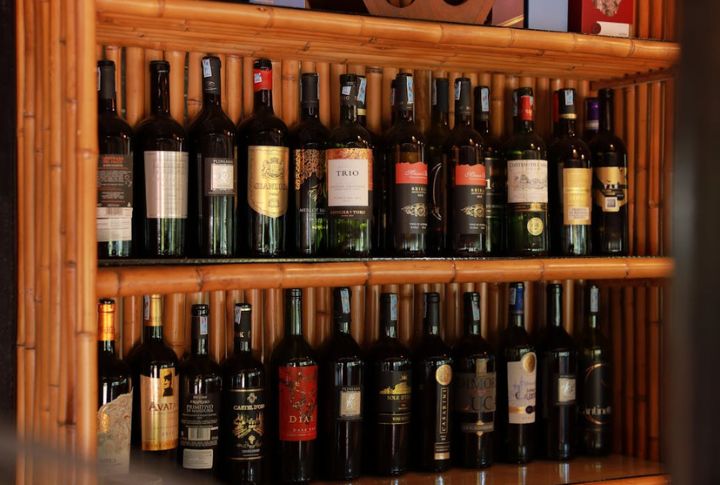
Liquor lasts longer when stored with care. A 2023 study in the Journal of Food Research International found that UV exposure can shift a spirit’s color and aroma. To avoid damage, keep bottles upright in a dark, cool spot. Even spirits need thoughtful storage to stay at their best.
Bar Mat

No bartender gets through a shift without spilling. That’s why they use rubber bar mats: to catch drips and speed cleanup. One wipe, done. These mats prevent sticky counters and shattered glass. Function wins here, giving your workspace professional polish without added effort.
Glassware
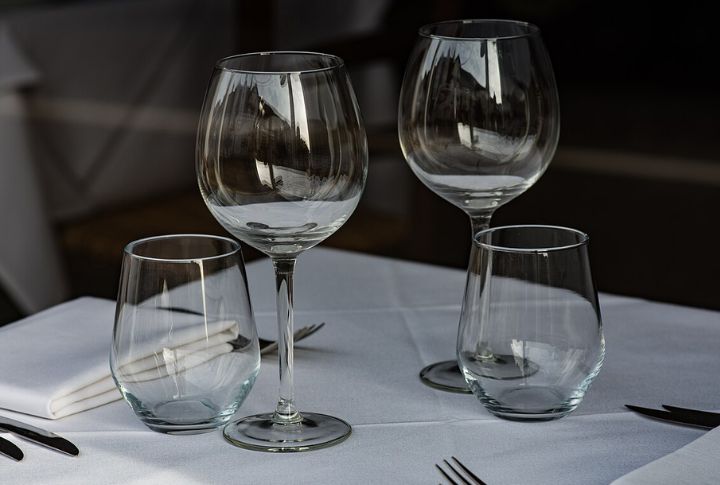
The glass matters more than most realize. A 2015 study in Food Quality and Preference showed how shape influences aroma and taste. Certain drinks thrive in certain vessels—Negronis feel right in a rocks glass, and gimlets glow in coupes. Matching the right glass to the drink simply makes the whole experience better.
Tonic And Soda
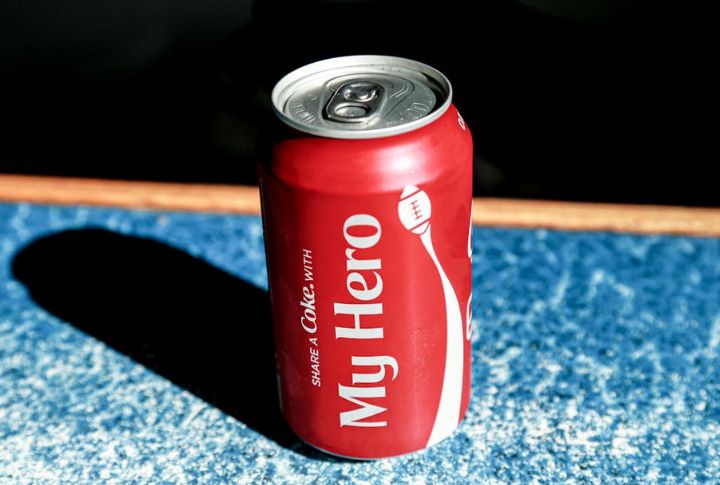
Once tonic or soda is opened, carbonation fades fast, taking the brightness with it. That’s why bartenders reach for chilled, single-serve cans or bottles. Fresh fizz keeps the drink lively, and temperature seals the crispness in every pour.
Bar Cart

Looks deceive—structure does the work. A reliable bar cart should offer shelves for tools, racks for bottles, and mobility between rooms. Steel or tempered glass designs clean easily and last long. Think of it as a bartender’s stage: everything within reach, ready for the next act.

